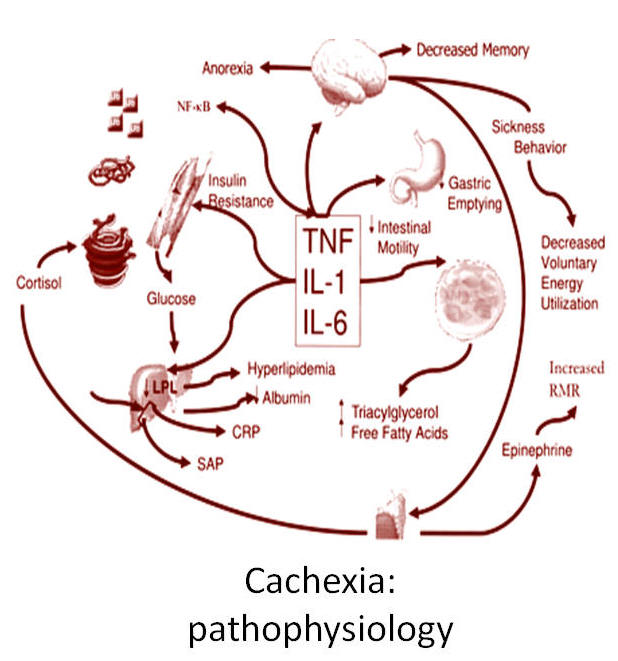cachexia due to malignant neoplastic is a complex metabolic syndrome associated with underlying illnesses, particularly malignant neoplastic disease, characterized by severe weight loss, muscle atrophy, and systemic inflammation. This condition significantly affects patients’ quality of life and response to cancer treatments. In this article, we delve into the causes, symptoms, pathophysiology, diagnostic criteria, and management strategies for cachexia in the context of malignant neoplasms.

What Is Cachexia?
Cachexia is more than unintentional weight loss; it involves complex metabolic and inflammatory alterations driven by the interaction between the tumor and the host’s body. The syndrome typically includes:
- Significant muscle wasting with or without fat loss
- Anorexia (loss of appetite)
- Chronic systemic inflammation
- Fatigue and reduced physical activity
Distinction From Starvation
Unlike simple starvation, cachexia is not reversible with conventional nutritional support due to profound metabolic dysregulation. It often coexists with cancer—a condition referred to as cancer cachexia.
Causes and Risk Factors
Cancer-Related Factors
- Tumor-Derived Factors:
- Pro-inflammatory cytokines (e.g., IL-1β, IL-6, TNF-α)
- Tumor-secreted cachectic agents such as proteolysis-inducing factor (PIF)
- Metabolic Alterations:
- Increased basal metabolic rate (BMR)
- Enhanced gluconeogenesis
Host-Related Factors
- Systemic Inflammation: Elevated inflammatory markers, such as C-reactive protein (CRP), drive catabolism.
- Nutritional Imbalance: Reduced intake due to anorexia or dysphagia.
Pathophysiology of Cachexia
Cachexia arises from a multifactorial interaction between the tumor, immune system, and metabolic pathways. Key mechanisms include:
- Cytokine Activation: Pro-inflammatory cytokines stimulate the hypothalamic-pituitary-adrenal axis, altering appetite regulation and promoting muscle degradation.
- Muscle Wasting:
- Activation of the ubiquitin-proteasome pathway leads to proteolysis.
- Impaired protein synthesis via inhibition of the mTOR pathway.
- Adipose Tissue Loss: Lipolysis is enhanced by tumor-derived lipolytic factors, resulting in fat depletion.
Clinical Presentation
Key Symptoms
- Unintentional Weight Loss: Typically exceeds 5% over six months.
- Muscle Wasting: Visible loss of muscle mass despite stable or increased caloric intake.
- Fatigue and Weakness: Profoundly limits daily activities.
- Loss of Appetite: Often linked to nausea, taste changes, or tumor-related factors.
Diagnostic Criteria
The international consensus defines cachexia as:
- Weight loss >5% over six months, or
- Body mass index (BMI) <20 with weight loss >2%, or
- Sarcopenia (loss of muscle mass) with weight loss >2%
Management Strategies
Nutritional Interventions
- Caloric Support: Tailored to meet metabolic needs.
- Protein Supplementation: To combat muscle wasting.
- Appetite Stimulants: Medications like megestrol acetate.
Pharmacologic Approaches
- Anti-Inflammatory Agents: E.g., corticosteroids, NSAIDs
- Anabolic Therapies: Recombinant growth hormones or testosterone derivatives
Multimodal Therapy
Optimal care requires:
- Nutritional support
- Physical activity to preserve muscle mass
- Psychological support to improve quality of life
Prognosis
Cachexia is a marker of poor prognosis in cancer patients. Early recognition and intervention can help alleviate symptoms, improve functional outcomes, and potentially extend survival.